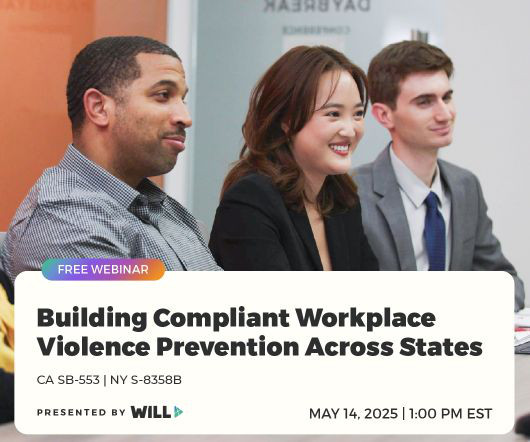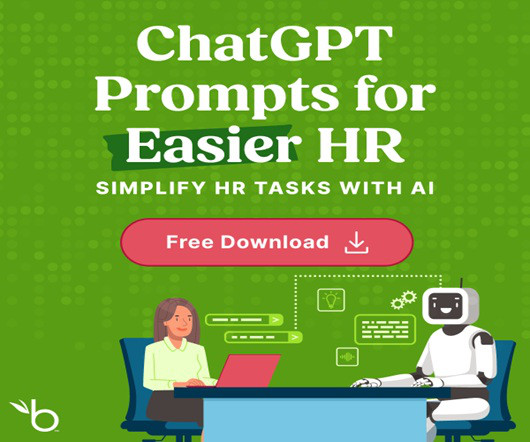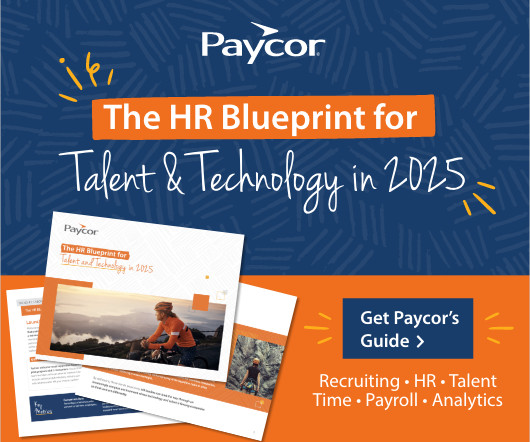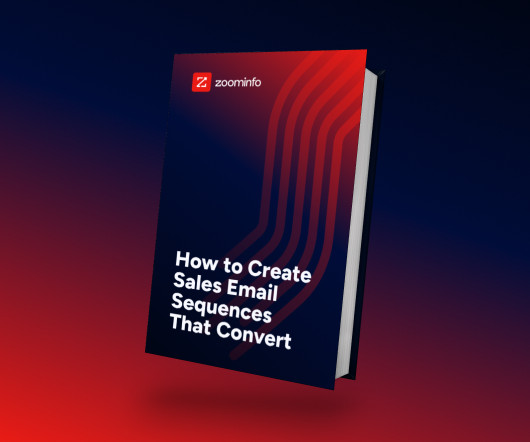How To Develop Your Employees’ Leadership Strengths
15Five
JUNE 11, 2019
Leadership isn’t about authority. Contrary to what most believe, leadership is an opportunity to serve and empower others. By creating the space for people to discover their natural talents, those at the top can help to develop leadership strengths on every level. Unfortunately, companies often fall short of actually utilizing the leadership strengths of their people because they aren’t taking the time to discern their personal talents.





.jpg)
































Let's personalize your content